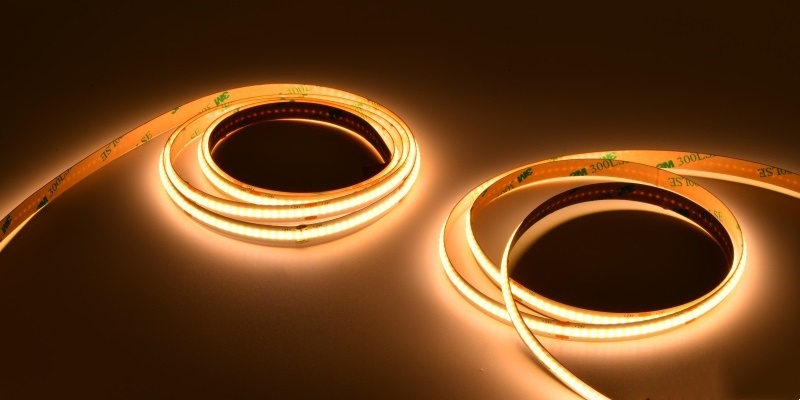High Quality OEM/ODM LED Strip Manufacturer
High Quality OEM/ODM LED Strip Manufacturer
August 26, 2024 179
LED light strips have become increasingly popular in various applications, including indoor and outdoor decoration, commercial displays, and architectural lighting, due to their energy efficiency and versatility. As demand for continuous lighting grows, many users are curious about the feasibility and impact of running LED light strips continuously for 24 hours. This article provides a professional analysis of the technical, lifespan, safety, and energy consumption aspects of operating LED light strips nonstop.

LED (Light Emitting Diode) technology is favored for its efficiency, long lifespan, and low power consumption, making it a superior alternative to traditional lighting methods. LED light strips are composed of multiple LED chips and driver circuits, where the chips emit light through semiconductor materials when powered. As solid-state light sources, LEDs are known for their durability and reliability, allowing them to operate steadily over extended periods.
Lifespan and Durability: The typical lifespan of an LED light strip ranges from 30,000 to 50,000 hours, depending on product quality and operating conditions. Under continuous 24-hour operation, even the lowest-rated LED light strip can last for over three years. Therefore, from a lifespan perspective, it is entirely feasible to run LED light strips continuously for 24 hours.
Thermal Management: Although LED light strips are highly energy-efficient, they still generate some heat during operation. Effective thermal management is crucial for ensuring stable performance during long-term use. High-quality LED light strips are usually equipped with adequate thermal dissipation structures, such as aluminum substrates or heat sinks, to prevent overheating. If the thermal design is sufficient, continuous 24-hour operation will not place undue thermal stress on the light strip, preserving its longevity.
Driver Circuit: The driver circuit in an LED light strip regulates the current to ensure stable operation of the LED chips. Prolonged use increases the load on the driver circuit, making its quality and thermal design critical. High-quality constant current drivers and efficient heat dissipation can prevent the circuit from overheating or failing during continuous operation.
Safety is a primary concern when running LED light strips for extended periods, particularly regarding overheating and circuit degradation. High-quality LED light strips are typically subjected to rigorous electrical safety testing and comply with international or regional safety standards, such as CE, RoHS, or UL certifications. These strips often feature short-circuit protection, overcurrent protection, and over-temperature protection, ensuring safe operation during prolonged use.
Users should avoid installing LED light strips in enclosed or poorly ventilated areas, which could lead to overheating and increase fire risk. In damp or outdoor environments, selecting LED light strips with appropriate waterproof ratings (e.g., IP65 or higher) is also essential for maintaining safety.
One of the advantages of LED light strips is their low power consumption, meaning that continuous 24-hour operation has a relatively small impact on energy usage. For example, a 10-watt LED light strip running for 24 hours consumes approximately 0.24 kWh of electricity. Even with round-the-clock operation, the energy cost is significantly lower than traditional lighting methods.
For commercial or public spaces, continuous operation of LED light strips can lead to substantial savings on electricity bills while reducing the frequency of maintenance and replacements, thus enhancing overall cost-effectiveness.
In conclusion, operating LED light strips continuously for 24 hours is technically feasible, provided that high-quality products are chosen and adequate thermal and safety designs are in place. With proper installation and use, LED light strips can maintain stable performance and safety during long-term operation. Moreover, due to their low power consumption, the energy use and economic cost of 24-hour operation are relatively minimal, making them suitable for applications requiring continuous lighting.
However, users should still consider specific environmental and operational needs when selecting the type and installation method of LED light strips to ensure optimal performance and safety.
If you need assistance from professionals, feel free to contact us. We are here to provide you with expert help and support for all your needs. Don't hesitate to reach out to our team for personalized assistance and solutions. We look forward to serving you.
Our sales will reply to you within 2 hours.
